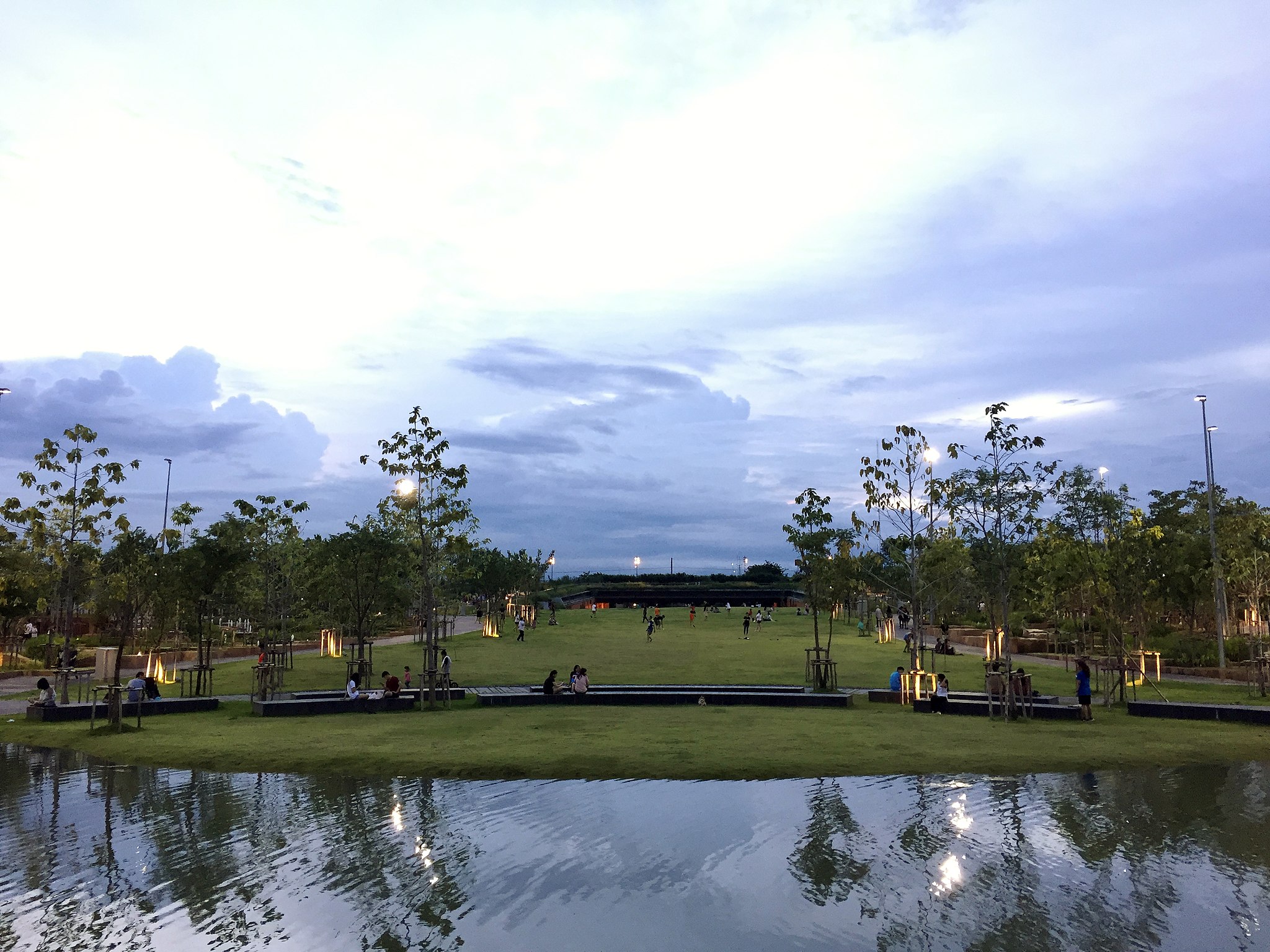This is how 5 cities are tackling rising sea levels
Two-thirds of the world’s biggest cities are located along its 1.6 million kilometres of shoreline, and sea levels are rising. Cities will need to adapt.
A
verage sea levels around the world are thought to have risen by 19cm in the 20th century. They are now rising by a centimetre every three or four years. That may not sound like much, but the pace will accelerate – and how quickly is highly uncertain.
The latest IPCC projections discuss anything between 29cm and 1.1 metres by 2100 as within the range of likelihood, depending on what happens to greenhouse gas emissions. Water expands as it warms up: the more the temperatures increase, the higher sea levels will get.
But the rise could plausibly be much greater, if ice sheets collapse – something that cannot yet be modelled with confidence. History provides context. During the last ice age, glaciers covered much of northern America and Europe. As they melted, between 19,000 and 6,000 years ago, sea levels rose by about 120 metres. The world’s remaining polar ice contains enough water to raise the sea level by another 70 metres.
Most of that ice is unlikely to melt any time soon. But scientists are concerned about the stability of the West Antarctic ice sheet, which contains 3.5 metres worth of potential sea level rise.
There are further uncertainties. These projections are all of the global average rise – but it will vary widely from place to place, for reasons including shifts in currents. Exacerbating the effects of rising seas, some coastal cities are sinking. And climate change will bring not only higher seas but stormier weather, with storm surges increasing the risk of flooding.
Here are five examples of what cities are doing to prepare.
Rotterdam, the Netherlands
Built in the 1990s, the Maeslant Barrier is still the world’s biggest moveable flood barrier: spanning a 360 metre canal through which ships access the city’s harbour, its two doors are 210 metres long, 22 metres high and 15 metres wide. Four-fifths of Rotterdam is below sea level. The barrier is projected to be needed once every 10 years.

Frans Berkelaar/Wiki Commons
Boston, United States
Beaches, parks and trails are among the 67 acres of new green space along the waterfront envisaged by recently unveiled plans to create a buffer against floods. The city preferred this option to alternative proposals for a sea wall, which could have cost over 10 times as much without being more effective.
Bangkok, Thailand
Centenary Park at Chulalongkorn University looks like any other city park – a welcome 11-acre oasis in a city without much green space. But underneath the park are storage tanks that can hold a million gallons of water, easing the impact of floods: when the floods subside, the tanks release the water through the city’s sewer system. A similar, bigger park is now being constructed at the city’s Thammasat University.

BunBn/Wiki Commons
Beihai, China
Over the past half century, China as a whole has lost more than two-thirds of its mangrove forests – a natural buffer against the coastal erosion that will worsen as sea levels rise. Beihai, in Guangzxi, has increased its own area of mangroves by around ten percent since 2002. It has stopped residents cutting down mangroves, is planting new mangrove seedlings, and is working to reduce levels of pollution to give those seedlings a better chance of surviving.
Jakarta, Indonesia
As residents pump freshwater from aquifers under the city, Jakarta is sinking rapidly – a third of the city is set to be underwater by 2050. Indonesia’s government is planning a sea wall that is projected to cost over USD 40 billion. But the government itself is not planning to run the risk of staying – it is building a new capital city in Borneo.
Adapting to climate change can appear expensive for coastal cities, but failing to adapt will almost certainly prove more costly. Blair Feltmate, the head of Canada’s Intact Centre for Climate Adaptation, says every dollar spent on adaptation san cave between four and ten dollars on disaster recovery. When researchers in Japan looked at the costs of elevating dykes in flood-risk area, they found them to be almost always justified by the benefits.
The ideas presented in this article aim to inspire adaptation action – they are the views of the author and do not necessarily reflect those of the Global Center on Adaptation.